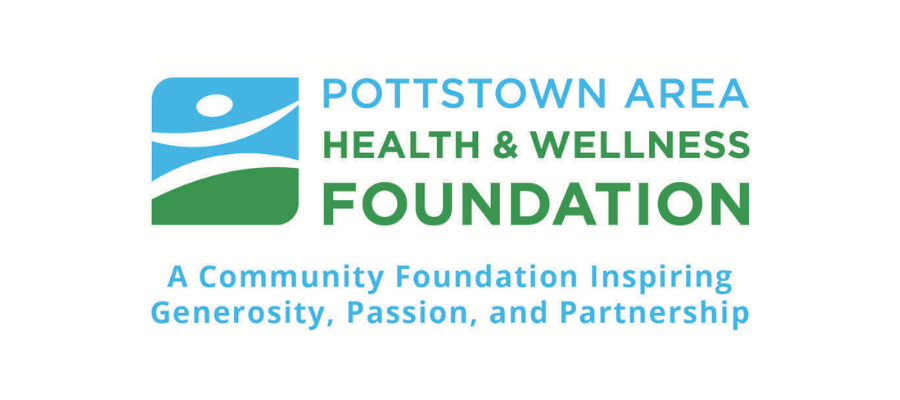Cancer Prevention Through a Healthier Lifestyle
February is National Cancer Prevention month. With most of the year still ahead, it is an opportune time to consider lifestyle changes to help you prevent cancer or detect it. Pottstown Area Health & Wellness Foundation (PAHWF) shares best practices to keep you and your loved ones cancer-free.
Some risk factors, like a genetic predisposition, cannot be changed. They increase our chances for illnesses like cancer, osteoporosis, or depression. Other risk factors, including for cancer, can be controlled through lifestyle and environmental improvement. Small healthy habits add up to reduce cancer risk—everything from replacing French fries with an apple to getting routine medical checkups and screenings.
The American Institute for Cancer Research (AICR) emphasizes evidence-based practices that lower cancer risk. A healthy diet and active lifestyle are among the easiest and most impactful ways to reduce risk. Quitting cigarettes also ranks at the top, although not quite as easy to manage. However, its association with 90 percent of lung cancer deaths (CDC) makes it well-worth the effort.
Diet
Eating healthy fuels the body with energy needed to fight off illness and be physically active. Different foods deliver specific nutrients, each aimed at benefiting different areas of health. Hence, the recommendation to have a colorful plate full of variety.
Endeavoring to eat healthier may seem daunting, especially if you focus on foods to avoid. For better adherence, focus on adding cancer-fighting foods rather than eliminating things like sugar and red meat. Start with the gains. You may find you can easily cut back on steak dinners and donuts.
Plant-based foods have the potential to fight cancer. Their nutritional makeup has been shown to produce anti-cancer effects. Research indicates a diet filled with whole grains, beans, vegetables, and fruit can help lower cancer risk. The AICR shares a list of foods that fight cancer and foods that may contribute to it. Click the images to learn details on the effects of each.
One Fork at a Time
Start by adding one of these cancer-fighters to your plate. Replace your afternoon cookies with some berries. Savor a cup of coffee or tea instead of spiking your blood sugar with soda. Gradual changes over time make a healthier diet more possible for the long-term. You may enjoy the immediate boost healthy eating provides and never look back at those abandoned daily frapps.
Exercise
A sedentary lifestyle is a risk factor for cancer. Physical activity and exercise (note, they are not the same) helps maintain a healthy weight and reduces risks for disease. The AICR recommends at least 30 minutes of physical activity, five days per week. Physical activity includes any kind of movement. Exercise is more structured movement (think: cycling, fitness classes, running) with the goal of increased heart rate.
The National Cancer Institute shares the direct relationship between physical activity and risk of specific cancers. Evidence reflects higher levels of physical activity are linked to lower rates of several cancers, including breast and bladder.
One Step at a Time
If you are new to exercise, start slowly. A simple walk around your neighborhood can be the beginning of a routine. Added bonus: interacting with passersby. As you increase stamina, add structured exercise. Consider joining a class at the Pottstown Athletic Club, going for hikes at a local park, or having dance sessions in your living room. Turn up some motivating music, which is proven to keep you going a little bit longer.
Take Control
Every year, one in six individuals is killed by cancer. Research indicates up to 40 percent or more cancer cases could be eliminated through a healthier lifestyle. Now is the time to begin your journey to a healthier self. You can reduce your risk of cancer as well as many other diseases—and you will feel healthier and happier in the process.
